More like this...
10th frame Commodore 64 game
TENTH FRAME
From the green, green grass of the highly successful golf simulation Leader Board, to the polished and shining alleys. From frilly to two-tone shoes. From a six iron to a fifteen pound ball. These are the changes Access has gone through with their latest program Tenth Frame, a ten-pin bowling simulation.
Before play can begin, an options screen is presented, firstly offering the choice between league or open bowling. If the former is chosen, you then have to input the name of the playing teams, the number of players on each team (up to four), and the number of games to play (from one to three). The latter option delivers a screen asking the user to input the number of players (from one to eight), their names, the ability level (either kids, amateur, or professional), and the number of games to play. Once this information has been input, the bowling can begin.
The screen displays a natural 3D view of the bowling alley from a position above and behind the bowler. The bowler appears at the end of the alley and is completely joystick-controlled. Pushing forward on the joystick activates a marker that appears halfway down the alley. Left and right moves it in those directions, and using the marker, you can aim where the ball is going to go (it crosses the marker as it travels down the alley). Once the marker is in position, it can be deactivated by pulling back on the joystick, and the bowler himself can then be moved left or right to aim the ball at the desired section of the pins. Once everything is primed, the bowler can be made to bowl the ball by pressing the fire button.
A 'speed and hook' gauge at the bottom of the screen is used to control the strength and curve of each player's bowl. As the fire button is depressed, the speed indicator increases toward the speed zone. When it reaches this, the fire button has to be released (otherwise an error will be incurred), and upon release, the hook gauge comes into action, the indicator sliding downwards toward the hook zone. When it reaches this, the fire button should be pressed. Again, the timing is critical. Too much hook on either side of the hook zone could mean the ball missing the pins altogether.
Each player has two attempts at each set of ten pins, and a score is given before the next player bowls. The game continues in this fashion, with the score sheet being shown after every player has had their turn. The score is kept automatically and incorporates all the different types of score, including spares, strikes, and extras.
Tenth Frame is so realistic that you can almost imagine hordes of boring posers and screaming children that usually inhabit the nation's bowling alleys. The skills necessary to master Tenth Frame are almost exactly the same as those needed in the real thing, and you must always be on your toes, as one careless shot can really mess up your whole game. As in the real thing, this is best enjoyed when played among a group of friends, well, friends at the beginning anyway. The sound is adjustable, and at its loudest is very impressive. The animation is excellent, and the use of color cannot be faulted. All in all, this is the next best thing to a night out in the local alley.
PRESENTATION 93% Comprehensive option system with a multi-player/team challenge facility.
GRAPHICS 81% Superbly animated bowler and highly believable pin-dropping sequences.
SOUND 78% Sparse, but suits the game perfectly.
HOOKABILITY 95% A touch tricky to get into, but very addictive from the very first ball.
LASTABILITY 79% The repetitive nature of the game might mean that non-bowlers may become bored.
VALUE 82% A touch expensive, but still an essential purchase for bowling fans.
OVERALL 85% Another slick and extremely well-programmed Access sports simulation.
If I'd played as many real games of bowling as I've played 10th Frame, my bowling arm would now be 6ft long. And I didn't even have to hire a pair of sweaty bowling shoes and use a leaky ballpoint pen. 10th Frame is yet another brilliant simulation from the Carver brothers. You'll remember they wrote Raid over Moscow. So whether it's knocking down skittles or Rooskies, it's all the same to them.
But 10th Frame resembles more their other recent success, Leader Board. It features the same kind of playing options, a huge scoreboard display, and the now familiar joystick-controlled 'power meter' for executing your shots. Before getting your fingers caught in the bowling ball, you must first select either the League or Open Bowling option, the difference being that in the League game, you get to organize yourselves into teams. In Open mode, you play for yourself, competing against a maximum of seven other bowlers.
Skill levels range from Kids (designed only for Junior) to Amateur (beginner's level for bowling novices like you and me) and Professional (forget this until you've graduated to your own bowling shirt).
Actually playing the game is simplicity itself. Each player gets two turns to knock down all the pins, and there are 10 frames per game. Your man is completely joystick-controlled, and there's a sequence of moves to execute the bowl. First, you set your 'mark', that's the point on the bowling lane you're aiming at. Then position your man on the lane. Now comes the tricky bit, the bit your credibility depends on. The bowling process is controlled by the power-meter, which shows two zones, speed and hook. You set both of these by some pretty nifty joystick movements. Let go of the button at the point you choose on both scales.
The speed and hook functions work together. So the faster you bowl, the less hook (or bend) you get. Go too far in either direction, and you enter the error zone, which usually means watching your bowl trundle up the gutter. Getting the hang of all this is not as easy as opening a tin of sardines without the key.
But perseverance pays off, and you'll eventually get the feeling that the ball is doing just what you intended. This takes some time but, unless your opponents have been putting in some sneak practice, they'll be just as lousy.
And now for some words of praise. The animation and sound in 10th Frame are very classy. No matter how clumsy your effort turns out to be, the style of execution is always impeccable. That sweeping arm, the balanced crouch, the professional follow-through, very stylish. Then sit back and listen to the bowl rumbling up the alley - crash!
The pins fall down with a chunky crunch, and that whole mechanical process of picking up pins, sweeping away the ones you hit, and putting down a new set is presented with remarkable realism. Better than the Top Rank where one pin usually gets stuck. The only thing you don't see is the ball rolling back. You know, where you get your fingers bashed.
Now for the scoring. As in Leader Board, the Carvers have placed great emphasis on score displays. Needless to say, all scores are totaled up automatically - no need to look like an utter fool if you don't know what a strike or a spare is.
By the way, if you've never bowled before, the manual gives a complete account of scoring and of the basic bowling strategies. It even gives a list of bowling jargon. So when somebody calls you a Turkey, you won't drop a bowl on their foot because you'll know it means you got three strikes in a row.
Bowling nuts will love this game. Then again, stamp collectors will love it too. Get a few friends or the family round to join in - they won't need to take their shoes off.
Game category: Commodore 64 games
Recently played
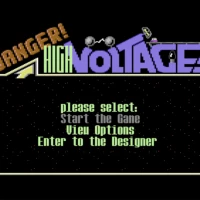
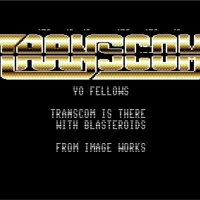
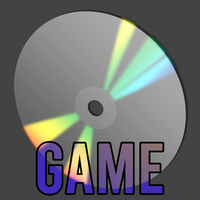
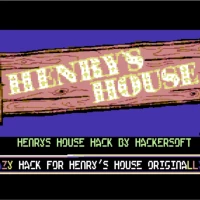
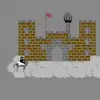

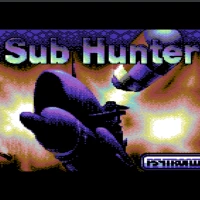
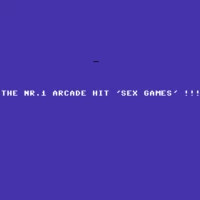
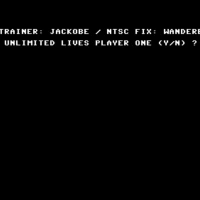
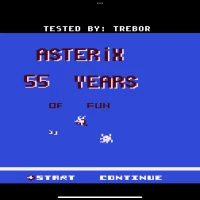
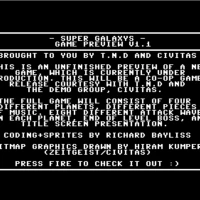
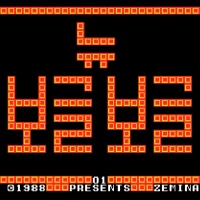

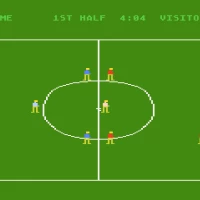
![Aspar GP Master (S) [Conversion by Kabish] MSX game](https://www.gamesclips.com/gameImages/9674.webp)
![Wizardry (J) [a] MSX game](https://www.gamesclips.com/gameImages/10721.webp)
![SOCCER 7 [BROS] Commodore 64 game](https://www.gamesclips.com/gameImages/7049.webp)
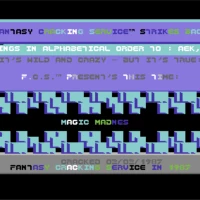

Comments